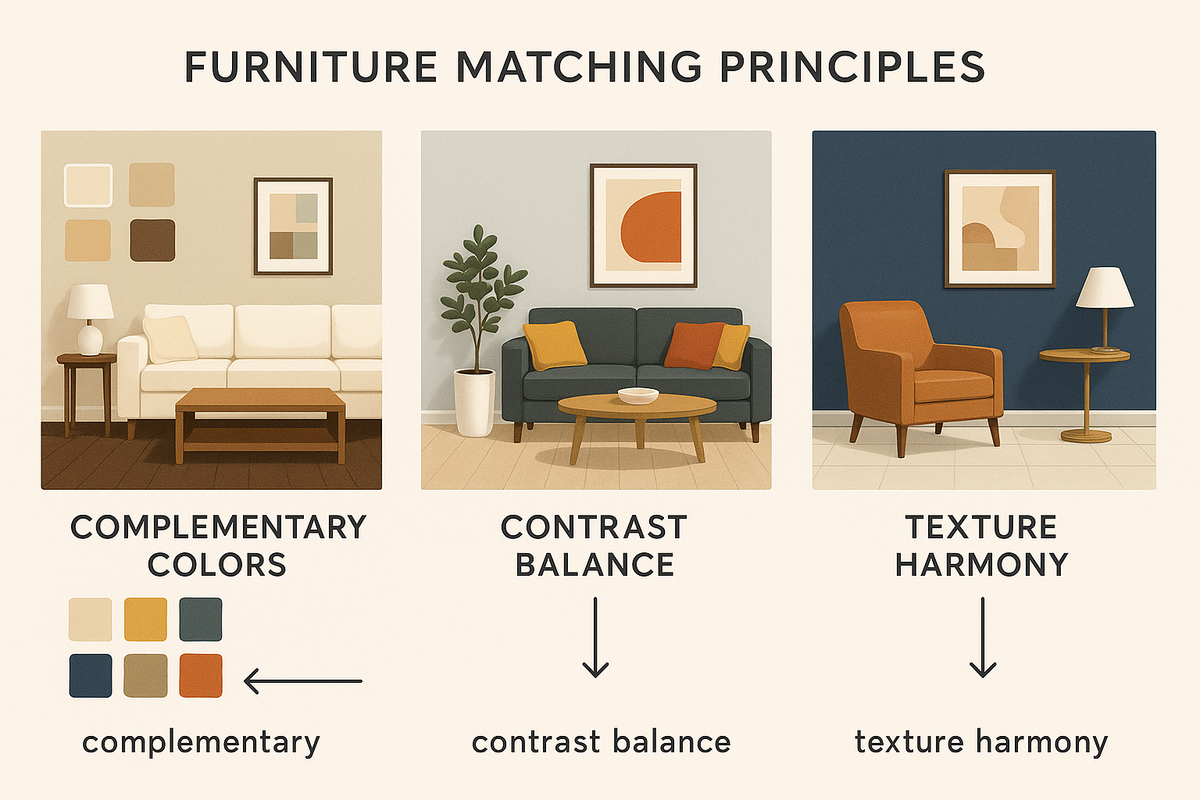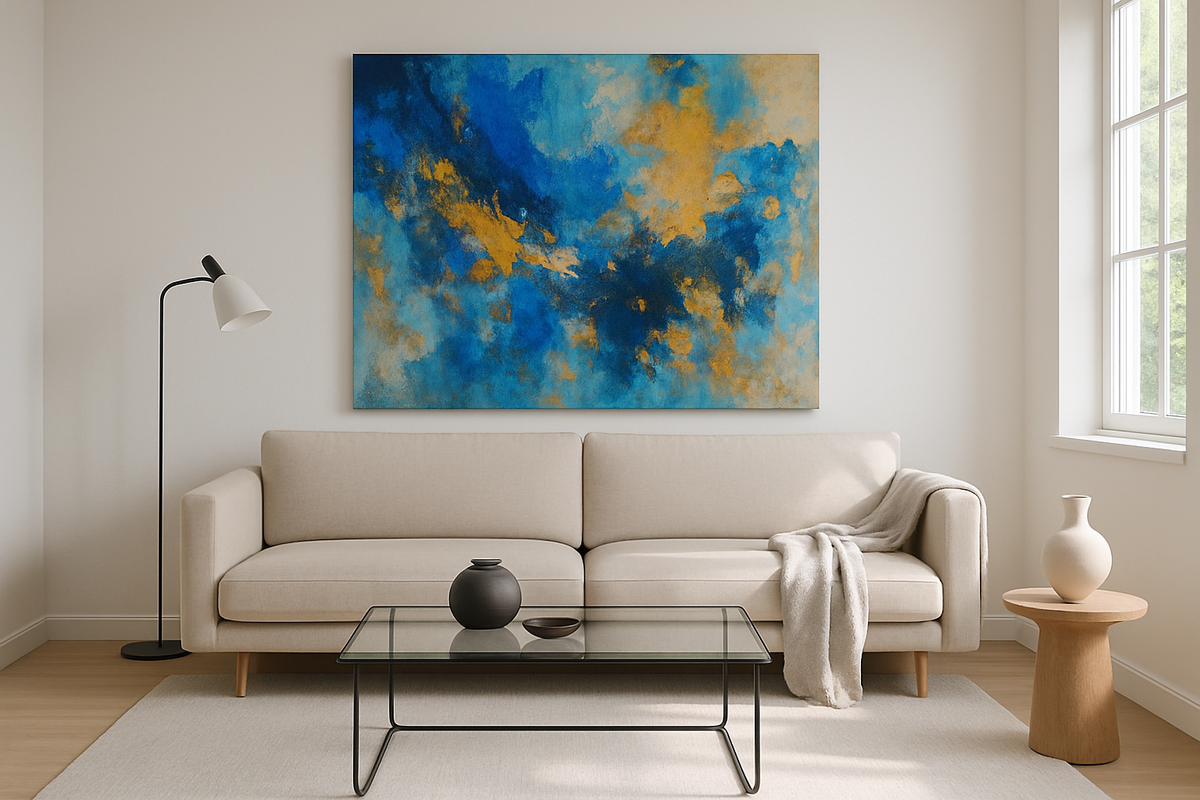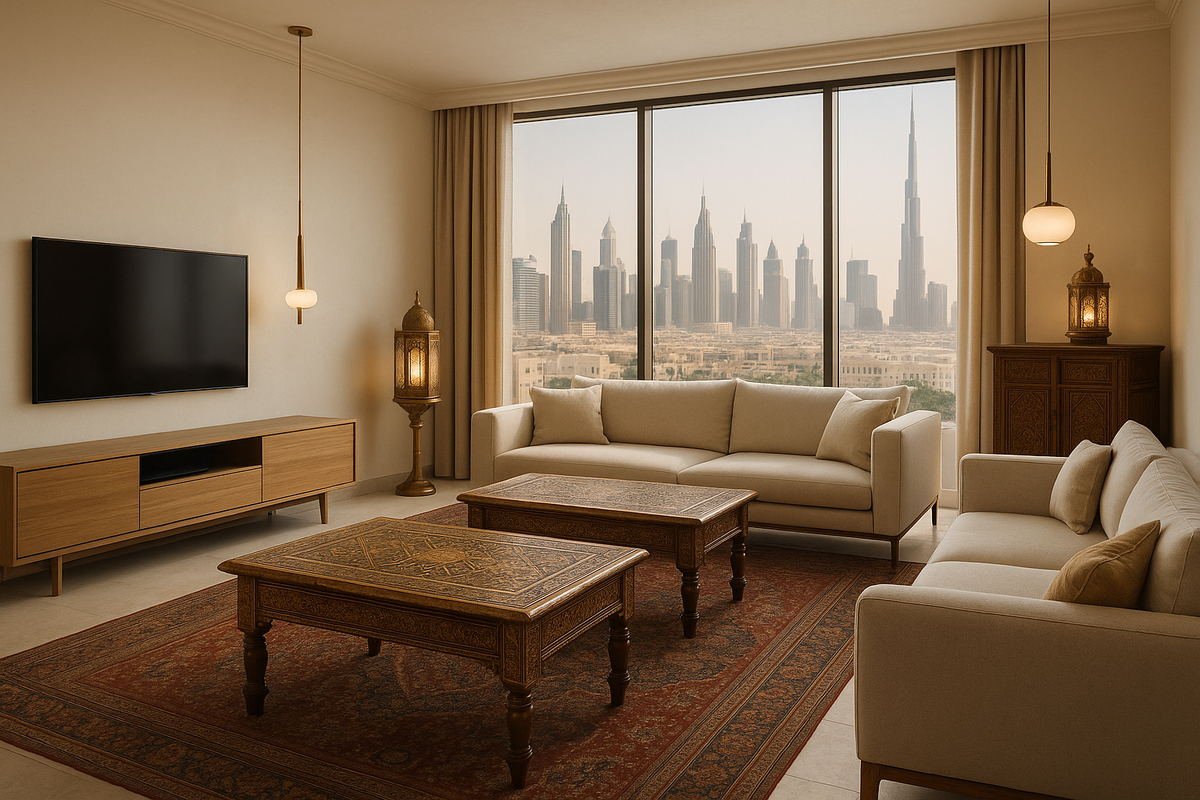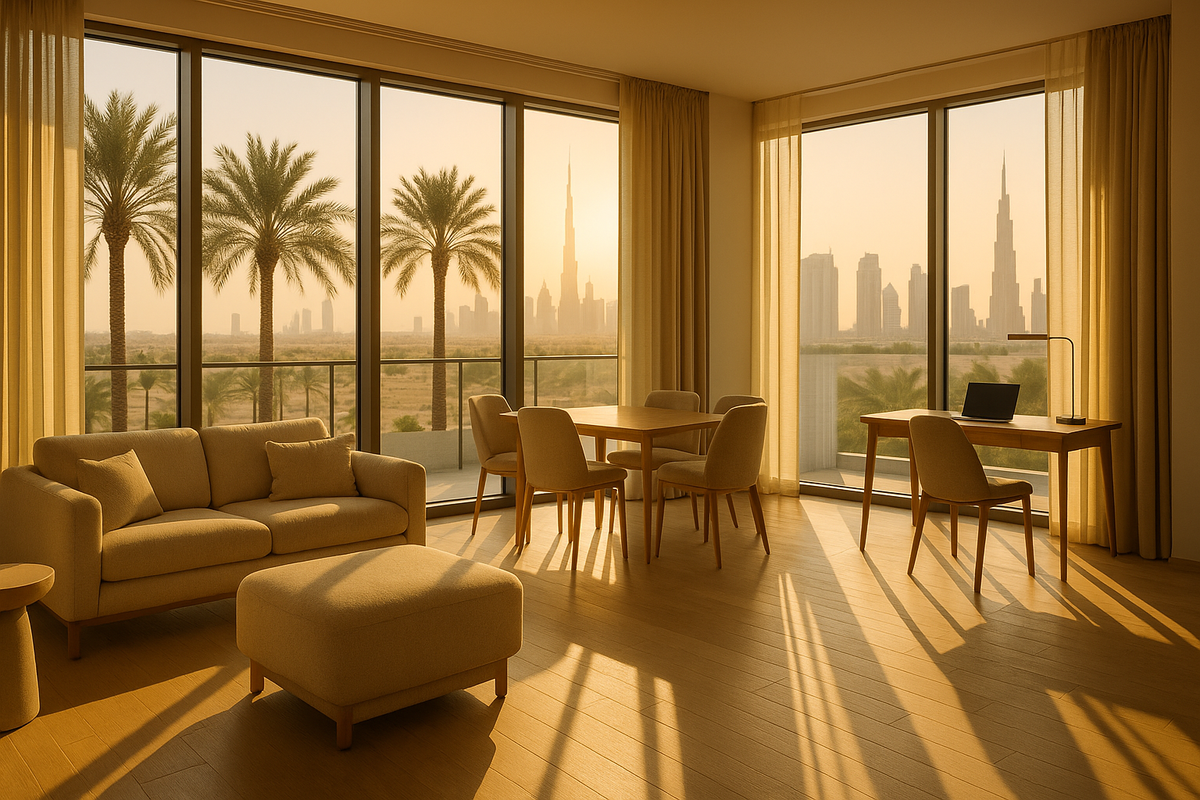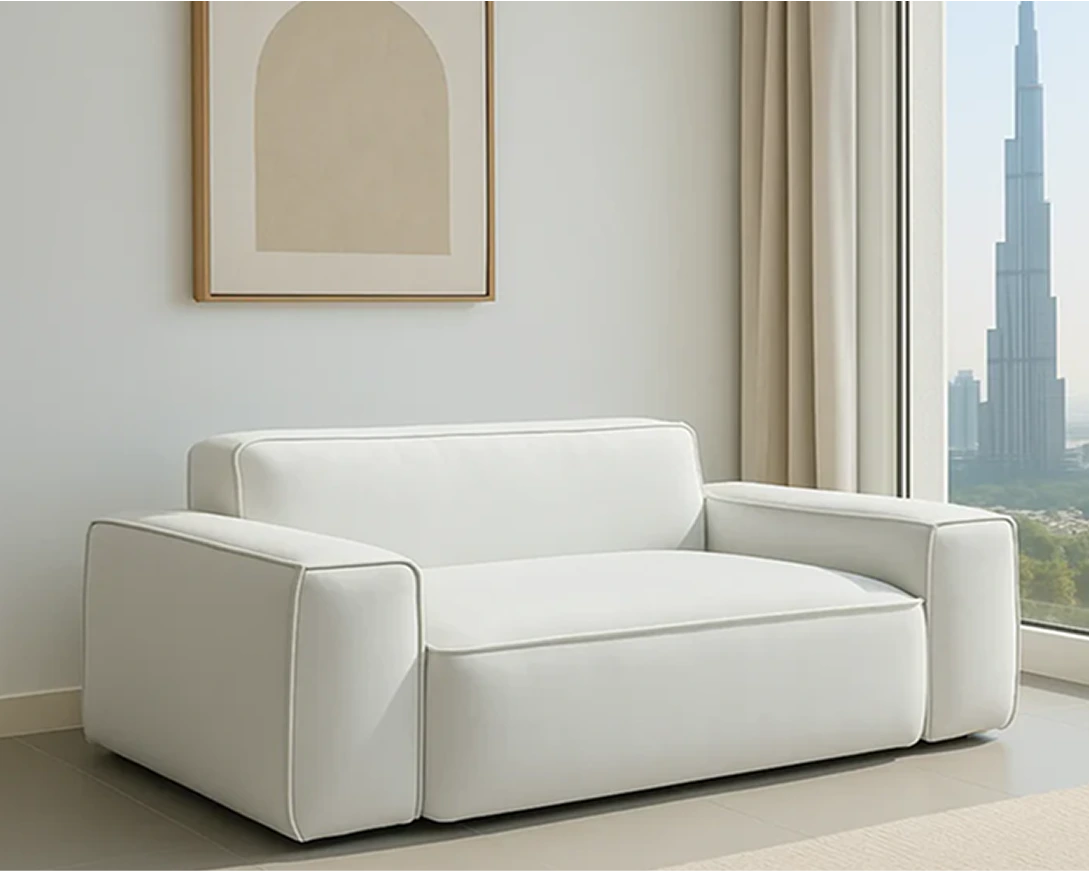1. Why is personalized interior design important?
Personalized interior design is important because it allows you to create a space that truly reflects your personality and style. It goes beyond following trends or copying a generic design. When your home is personalized, it becomes a unique representation of who you are, making it more comfortable and enjoyable for you and your guests.
By incorporating your personal style into your home decor, you create a space that feels like a true reflection of yourself. It allows you to surround yourself with things that bring you joy and make you feel at ease. Personalized interior design also helps to create a sense of identity and individuality, making your space stand out from others.
When your home is personalized, it becomes a sanctuary where you can truly be yourself. It becomes a space that supports your lifestyle and enhances your well-being. Whether you prefer a minimalist, bohemian, or eclectic style, personalized interior design allows you to express yourself and create a space that feels like home.

Photo by Max Rahubovskiy from Pexels:
2. How can you incorporate your personality into your home decor?
There are several ways to incorporate your personality into your home decor. Here are some ideas to get you started:
-
Choose colors that resonate with you: Colors have a powerful impact on our emotions and can reflect our personality. Choose colors that make you feel happy and inspired.
-
Display personal mementos: Showcase items that hold sentimental value to you, such as family photos, travel souvenirs, or heirlooms. These items will add a personal touch to your space.
-
Mix and match styles: Don't be afraid to mix different design styles that you love. This will create a unique and eclectic look that reflects your personality.
-
DIY projects: Get creative and make your own decor items. This allows you to infuse your personal style into your space while also adding a sense of accomplishment.
-
Use unique furniture pieces: Look for custom home decor or unique furniture ideas that align with your taste. Websites like Klekktic offer a wide range of personalized and one-of-a-kind furniture options.
Remember, the key is to create a space that feels authentic to you. Trust your instincts and choose items that truly resonate with your personality.

Photo by Max Rahubovskiy from Pexels:
3. How can you create a cohesive look while still reflecting your personality?
Creating a cohesive look while reflecting your personality is all about finding the right balance. Here are some tips to help you achieve this:
-
Start with a color palette: Choose a color palette that reflects your personality and use it as a guide throughout your space. This will create a cohesive look while still allowing you to infuse your personal style.
-
Define your style: Take some time to define your personal style. Are you more drawn to modern, traditional, or eclectic designs? Understanding your style will help you make cohesive choices when selecting furniture and decor items.
-
Mix patterns and textures: Incorporate different patterns and textures into your space to add visual interest. This can be done through throw pillows, rugs, curtains, or wallpaper. Just make sure to choose patterns and textures that complement each other.
-
Use statement pieces: Incorporate statement pieces that reflect your personality. These can be unique furniture items, artwork, or even a bold accent wall. These pieces will add character to your space while still maintaining a cohesive look.
-
Pay attention to scale and proportion: Ensure that the furniture and decor items you choose are in proportion to the size of your space. This will create a harmonious and balanced look.
Remember, creating a cohesive look doesn't mean sacrificing your personality. It's about finding the right balance between your personal style and creating a visually pleasing space.Photo by Max Rahubovskiy from Pexels:

4. How can you make a small space feel personalized?
Making a small space feel personalized is all about maximizing every inch of the space and adding personal touches. Here are some tips to help you achieve this:
-
Declutter and organize: Start by decluttering your space and getting rid of any unnecessary items. This will create a clean and organized canvas to work with.
-
Choose multipurpose furniture: Opt for furniture pieces that serve multiple functions, such as a storage ottoman or a sofa bed. This will help you make the most of your limited space.
-
Use mirrors: Mirrors can create the illusion of a larger space and reflect light, making it feel more open and airy. Hang a large mirror or use mirrored furniture to maximize the impact.
-
Utilize vertical space: Take advantage of vertical space by installing shelves or using wall-mounted storage solutions. This will free up floor space and create more storage options.
-
Add personal touches: Incorporate personal touches through artwork, photographs, or small decor items. These will make the space feel more personalized and inviting.
-
Use light colors: Light colors can make a small space feel larger and brighter. Opt for light-colored walls, furniture, and decor items to create an open and airy feel.
Remember, the key to making a small space feel personalized is to be intentional with your choices and make the most of the available space.

Photo by Max Rahubovskiy from Pexels:
5. How can you create a cozy and inviting atmosphere in your home?
Creating a cozy and inviting atmosphere in your home is all about creating a sense of warmth and comfort. Here are some tips to help you achieve this:
-
Use warm colors: Warm colors like earth tones, deep reds, and warm neutrals can create a cozy and inviting feel. Use these colors on walls, furniture, and decor items to add warmth to your space.
-
Layer textures: Incorporate different textures through throw pillows, blankets, rugs, and curtains. This will add depth and visual interest to your space, making it feel more cozy.
-
Add soft lighting: Use soft and warm lighting options like table lamps, floor lamps, and string lights to create a warm and inviting ambiance. Avoid harsh overhead lighting, as it can create a cold and sterile feel.
-
Incorporate natural elements: Bring in natural elements like plants, wood, and natural fibers to add a sense of warmth and connection to nature. These elements can create a calming and cozy atmosphere.
-
Create cozy seating areas: Arrange furniture in a way that encourages conversation and relaxation. Use comfortable seating options like plush sofas, armchairs, and ottomans to create cozy nooks in your space.
-
Use scents: Incorporate scents that evoke a cozy and inviting atmosphere, such as candles, essential oils, or fresh flowers. These scents can create a welcoming and comforting feel in your home.
Remember, creating a cozy and inviting atmosphere is all about creating a space that makes you and your guests feel comfortable and at ease.

Photo by Max Rahubovskiy from Pexels:
6. How can you incorporate your hobbies and interests into your home decor?
Incorporating your hobbies and interests into your home decor is a great way to personalize your space and showcase your passions. Here are some ideas to help you incorporate your hobbies and interests into your home decor:
-
Display collections: If you have a collection of items related to your hobbies or interests, such as books, vinyl records, or sports memorabilia, create a dedicated display area for them. This not only adds a personal touch to your space but also serves as a conversation starter.
-
Create a dedicated workspace: If your hobbies involve crafts, painting, or any other creative activities, set up a dedicated workspace in your home. This can be a corner in a room or a separate room altogether. Personalize it with tools, supplies, and artwork that reflect your hobbies.
-
Use themed decor: Incorporate themed decor items that represent your hobbies or interests. For example, if you're a music lover, hang framed concert posters or display musical instruments as decorative pieces. If you're a sports enthusiast, incorporate sports-themed artwork or memorabilia.
-
DIY projects: Get creative and make your own decor items that reflect your hobbies. For example, if you enjoy photography, frame and display your own photographs. If you're into gardening, create a vertical garden or display potted plants throughout your space.
-
Customized furniture: Look for unique furniture ideas that align with your hobbies or interests. For example, if you're a book lover, consider a bookshelf with built-in reading nooks. If you're a gamer, look for a gaming chair or a custom-built gaming setup.
Remember, incorporating your hobbies and interests into your home decor is all about showcasing what you love and creating a space that reflects your passions.

Photo by Max Rahubovskiy from Pexels:
7. How can you create a calming and peaceful environment in your home?
Creating a calming and peaceful environment in your home is essential for relaxation and well-being. Here are some tips to help you achieve this:
- Choose soothing colors: Opt for soft, neutral colors like blues, greens, and earth tones. These colors have a calming effect and can create a peaceful atmosphere in your space.

Photo by Ksenia Chernaya from Pexels:
- Declutter and organize: A clutter-free space can contribute to a sense of calm and peace. Take the time to declutter and organize your belongings, creating a clean and serene environment.

Photo by Wendy Wei from Pexels:
-
Incorporate natural elements: Bring nature indoors by incorporating natural elements like plants, flowers, and natural materials. These elements can create a sense of tranquility and connection to the outdoors.
-
Use soft lighting: Avoid harsh overhead lighting and opt for soft, warm lighting options like table lamps, floor lamps, and candles. Soft lighting can create a cozy and calming ambiance.
-
Create a designated relaxation area: Set up a designated area in your home where you can relax and unwind. This can be a cozy reading nook, a meditation corner, or a comfortable seating area with plush cushions and blankets.
-
Minimize noise and distractions: Create a peaceful environment by minimizing noise and distractions. Use soundproofing techniques, such as adding rugs or curtains, to reduce outside noise. Turn off electronic devices or create designated tech-free zones in your home.
Remember, creating a calming and peaceful environment is all about creating a space that promotes relaxation and rejuvenation.

Photo by Pixabay from Pexels:
8. How can you incorporate personal memories into your home decor?
Incorporating personal memories into your home decor is a beautiful way to create a space that is filled with sentimental value. Here are some ideas to help you incorporate personal memories into your home decor:
-
Display photographs: Frame and display photographs that hold special memories for you. Create a gallery wall or scatter framed photos throughout your space. You can also create a photo collage or a digital photo frame to showcase multiple memories.
-
Create a memory wall: Dedicate a wall in your home to display mementos from special moments in your life. This can include concert tickets, postcards, letters, or any other items that hold sentimental value. Arrange them in a visually pleasing way, using frames or shadow boxes.
-
Incorporate heirlooms: If you have heirlooms or family treasures, find ways to incorporate them into your home decor. This can be through displaying antique furniture, using vintage textiles, or showcasing inherited artwork.
-
Create a memory jar or box: Keep a memory jar or box where you can collect small mementos from significant events or trips. This can include seashells, ticket stubs, or handwritten notes. Display the jar or box in a prominent place in your home.
-
Use personalized artwork: Commission or create artwork that represents special memories or moments in your life. This can be a painting of a favorite vacation spot or a custom illustration of your family.
Remember, incorporating personal memories into your home decor is all about creating a space that tells your unique story and brings joy and nostalgia to your everyday life.

Photo by Matt Barnard from Pexels:
9. How can you create a space that reflects your cultural background?
Creating a space that reflects your cultural background is a wonderful way to celebrate your heritage and create a sense of belonging. Here are some tips to help you achieve this:
-
Incorporate traditional elements: Incorporate traditional elements of your culture into your home decor. This can be through artwork, textiles, furniture, or decorative items that represent your cultural heritage.
-
Use colors and patterns: Use colors and patterns that are commonly associated with your culture. For example, if you have Indian heritage, incorporate vibrant colors like red, orange, and gold, along with intricate patterns.
-
Display cultural artifacts: Showcase cultural artifacts or handicrafts that represent your heritage. This can include pottery, sculptures, or traditional instruments. Display them in a way that highlights their beauty and significance.
-
Celebrate traditional festivals: Decorate your home during traditional festivals or holidays that are part of your culture. This can include hanging lanterns, lighting candles, or displaying traditional symbols.
-
Incorporate traditional cuisine: Create a space in your kitchen or dining area that celebrates traditional cuisine from your culture. Display traditional cookware, utensils, or spices that are commonly used in your cultural cuisine.
-
Learn about your culture's design principles: Research the design principles and aesthetics of your cultural background. This can help you understand the traditional elements and motifs that are commonly used in your culture's design.

Photo by Maria Orlova from Pexels:
Remember, creating a space that reflects your cultural background is about honoring your heritage and creating a space that feels authentic and meaningful to you.
| Topic | Summary |
|---|---|
| Personalized Interior Design | Personalized interior design allows you to create a space that reflects your personality and style, making it more comfortable and enjoyable. Incorporate your personal style through colors, mementos, unique furniture, and DIY projects. |
| Creating a Cohesive Look | Find the right balance between your personal style and creating a visually pleasing space. Start with a color palette, define your style, mix patterns and textures, use statement pieces, and pay attention to scale and proportion. |
| Making a Small Space Personalized | Maximize every inch of the space and add personal touches. Declutter and organize, choose multipurpose furniture, use mirrors, utilize vertical space, and add personal mementos. |
| Creating a Cozy and Inviting Atmosphere | Use warm colors, layer textures, add soft lighting, incorporate natural elements, create cozy seating areas, and use scents to create a cozy and inviting atmosphere. |
| Incorporating Hobbies and Interests | Display collections, create a dedicated workspace, use themed decor, engage in DIY projects, and look for customized furniture that aligns with your hobbies and interests. |
| Creating a Calming and Peaceful Environment | Choose soothing colors, declutter and organize, incorporate natural elements, use soft lighting, create a designated relaxation area, and minimize noise and distractions. |
| Incorporating Personal Memories | Display photographs, create a memory wall, incorporate heirlooms, create a memory jar or box, and use personalized artwork to incorporate personal memories into your home decor. |
| Reflecting Cultural Background | Incorporate traditional elements, use colors and patterns associated with your culture, display cultural artifacts, celebrate traditional festivals, incorporate traditional cuisine, and learn about your culture's design principles. |
FAQ
1. How can I personalize my home decor?
To personalize your home decor, you can choose colors that resonate with you, display personal mementos, mix and match styles, engage in DIY projects, and use unique furniture pieces that reflect your taste.
2. How do I create a cohesive look while still reflecting my personality?
To create a cohesive look while reflecting your personality, start with a color palette, define your style, mix patterns and textures, use statement pieces, and pay attention to scale and proportion.
3. How can I make a small space feel personalized?
To make a small space feel personalized, declutter and organize, choose multipurpose furniture, use mirrors to create the illusion of a larger space, utilize vertical space, and add personal touches through decor items.
4. How can I create a cozy and inviting atmosphere in my home?
To create a cozy and inviting atmosphere, use warm colors, layer textures, add soft lighting, incorporate natural elements, create cozy seating areas, and use scents that evoke a cozy ambiance.
5. How can I incorporate my hobbies and interests into my home decor?
You can incorporate your hobbies and interests into your home decor by displaying collections, creating a dedicated workspace, using themed decor, engaging in DIY projects, and looking for customized furniture that aligns with your hobbies.
6. How can I create a calming and peaceful environment in my home?
To create a calming and peaceful environment, choose soothing colors, declutter and organize, incorporate natural elements, use soft lighting, create a designated relaxation area, and minimize noise and distractions.
7. How can I incorporate my cultural background into my home decor?
To incorporate your cultural background into your home decor, incorporate traditional elements, use colors and patterns associated with your culture, display cultural artifacts, celebrate traditional festivals, incorporate traditional cuisine, and learn about your culture's design principles.
